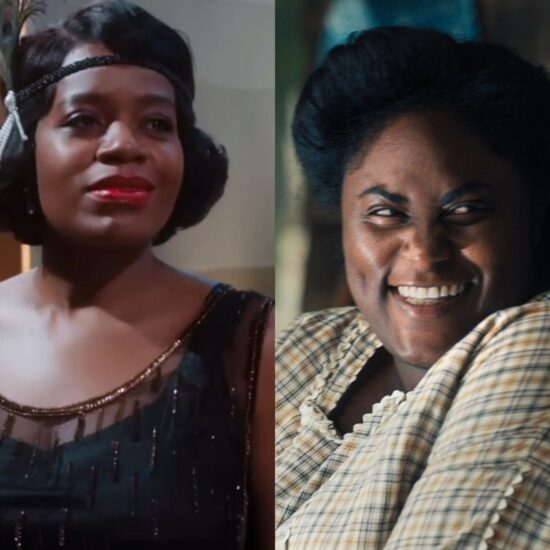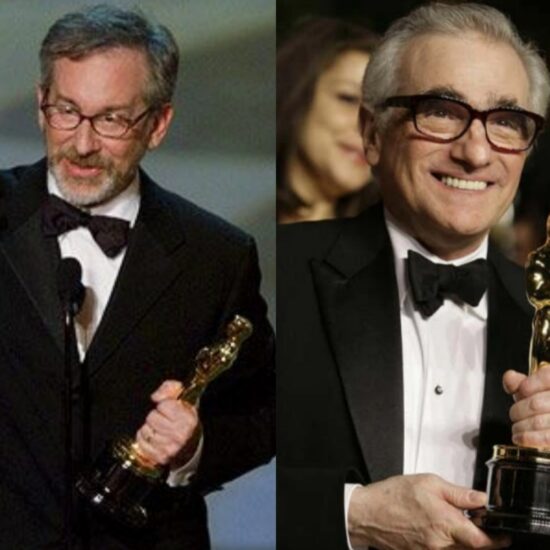
If you happen to care about the history of the Academy of Motion Picture Arts and Sciences (at least in its first fifty years), you’ll have no shortage of reasons to read Bruce Davis’ forthcoming book, The Academy and the Award.
The boardroom fights—Davis, the Academy’s former executive director, got access to the secret files. The real story of the Bette Davis presidency (weirdly, less stormy than the famous drama queen made it out to be). And those footnotes! In a note to Chapter 15, Davis describes running to the ground an old canard that had legions of ancient residents at the Motion Picture Home holding sway over Academy Awards voting. With the help of Price Waterhouse and his own membership department, he found that fewer than a half-dozen members were getting their mail at the home, and three of those hadn’t voted for at least five years.
I love details. Davis has them.
But the best part, for me, is a 20-page examination of a matter that has never been adequately explained. That is, why does the Academy call its film awards the Oscars?
You may think you know the answer. But according to Davis, you probably don’t.
As he tells it, beginning on Page 216 of galleys thoughtfully provided by the Brandeis University Press, there have been three principal claimants to credit for naming what is now universally known as the Oscar statuette.
One was the aforementioned Bette Davis, who, in her 1962 book The Lonely Life, told of having been inspired in 1936, while accepting her little gold man for Dangerous, with the thought that: “his backview was the spit of my husband’s. Since the ‘O’ in Harmon O. Nelson stood for Oscar, Oscar it has been ever since.”
The story collapsed when it became clear that the term by then had been in use for at least two years. In Whitney Stine’s Mother Goddam, published in 1974, Davis actually conceded. “I relinquish once and for all any claim that I was the one—so, Academy of Motion Picture Arts and Sciences, the honor is all yours.”
A second claimant was Margaret Herrick, then known as Margaret Gledhill, who, according to Davis, was described by Terry Ramsaye in the 1947/48 Motion Picture Almanac, as having encountered the statuette on her first day at work as an Academy librarian in 1931. “He reminds me of my Uncle Oscar,” she was reported to have said, while in the hearing of a “nearby newspaper columnist” who picked up the anecdote and ran with it the next day.
But, as Davis, who generally expresses great respect for Herrick, regretfully explains, she was never able to produce an Uncle Oscar, nor much record of a second-cousin Oscar who had supposedly prospered in the Texas wheat trade, nor any newspaper clip matching the anecdote. Actually, Davis did turn up a Los Angeles Examiner clip from 1938, in which Herrick told a different version of the story, in which she and her then-husband Donald Gledhill used to kid each other with the phrase, “How’s your Uncle Oscar.”
Hmmmmm. That never worked for columnist Sidney Skolsky, who in his 1970 memoir Don’t Get Me Wrong—I Love Hollywood wrote that he, under deadline pressure in 1934, had first used the term in a dispatch, supposedly in mocking tribute to Vaudeville comedians who would ask the orchestra leader: “Will you have a cigar, Oscar?”
But Davis found the clip, from the New York Daily News of March 16, 1934. And in it, Skolsky simply writes that “to the profession these statues are called ‘Oscars.’” So the term, by his own acknowledgement, was already current.
The real story, contends Davis, unfolds along a different path. As has occasionally, if obscurely, been reported, one Eleanore Lilleberg worked as a secretary and office assistant early in the Academy’s history. Those accounts, concludes Davis, correctly surmise that Lilleberg, who was in charge of pre-ceremony care of the statuettes, jokingly called them “Oscar,” almost certainly before Herrick adopted the term. Those obscure histories miss a beat, however, when they say that Lilleberg, of Norwegian descent, was inspired by King Oscar II of Norway and Sweden. Alas, King Oscar, widely known by his image on sardine tins, doesn’t look like the statue.
So Davis made his way to a small museum, in Green Valley, Calif., named for and devoted to Eleanore’s woodcarver and gemologist brother Einar. In an unfinished autobiography, Einar explained that Eleanore appropriated the name “Oscar” from a Norwegian army veteran they had known in Chicago. Like the statuettes, he always “stood straight and tall.”
Not conclusive perhaps, but Davis found a 1944 newspaper interview with one colleague and another’s oral history lending support to the Eleanore Lilleberg theory. “Unsought though it was, the credit for originating one of the world’s best-known nicknames should almost certainly belong to her,” he writes.
For more than that—a lot more—you’ll have to read the book.













